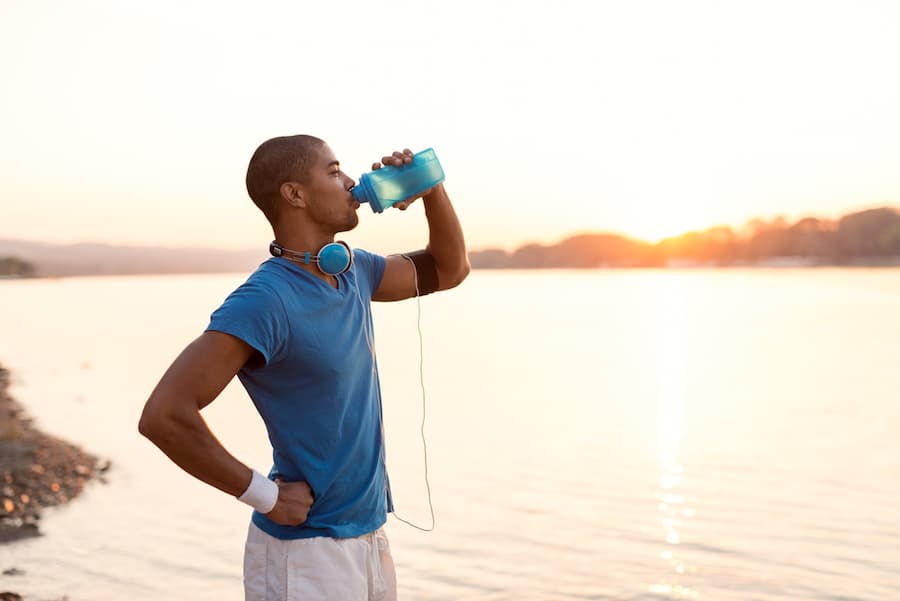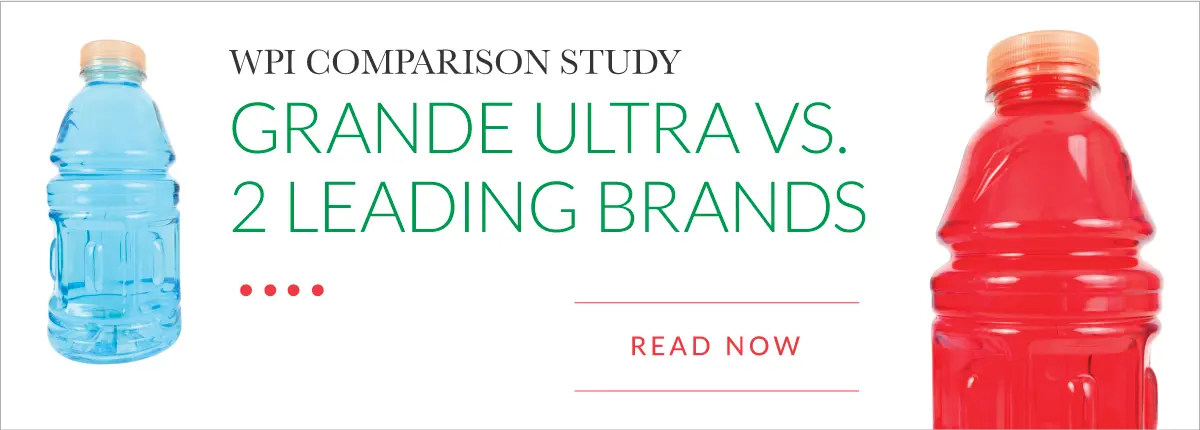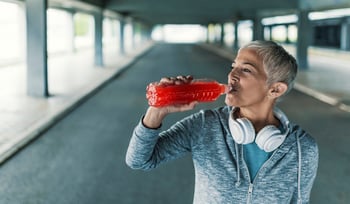 Soda sales have seen a steady decline over the last decade and, despite efforts to recapture market share with new flavor profiles, sales of soft drinks remain, well...soft.
Soda sales have seen a steady decline over the last decade and, despite efforts to recapture market share with new flavor profiles, sales of soft drinks remain, well...soft.
Consumers have been loud and clear: they want healthier drink options. Accordingly, ready-to-drink (RTD) sports and nutritional beverages have seen a large boost in popularity, with sales of RTD sports drinks in the U.S. topping $7 billion a year. In particular, sports beverages containing protein continue to make up a bigger and bigger chunk of the market.
This is great news for beverage manufacturers, but with a growing marketplace comes more competition. What makes today’s nutritional drinks stand out?
Protein as a Differentiator
Nearly 90% of all RTD sports drink introductions promote protein claims. Compare that to 2018 when only 45% of U.S. sports nutrition launches claimed “high” protein or “added” protein on their labels, with RTD protein beverages and sports drinks topping the category.
Why the surge? Many lifestyles, nutritionists and diet trends, such as the low-carb and Keto movement, now encourage larger daily protein intakes in addition to physical activity. Both athletes and non-athletes alike are choosing nutrition beverages and RTD sports drinks as a healthier alternative to sodas and other high-calorie, high-sugar beverages, and they’re not just drinking them before and after exercise, but throughout the day. And, while meal replacement shakes remain popular, clear and refreshing beverages are seeing the most significant growth.
Why WPI Is the Protein of Choice
The types of proteins used in RTD beverage formulations makes a major difference, not just as it relates to consumer preference but for beverage manufacturers as well.
Consumers want to ensure they receive the maximum health benefits from the protein-rich products they purchase. While there’s a lot of hype and marketing claims surrounding plant-based proteins in recent years, one traditional nutritional staple continues to lead the pack with an even higher projected market growth rate: whey protein isolate (WPI).
Educated consumers understand that whey protein provides the highest levels of protein and offers certain nutritional benefits not available in many plant-based alternatives. Most notably, branched chain essential amino acids found in whey protein are vital nutrients for muscle growth and decreasing muscle soreness and fatigue, and they’ve been shown to reduce symptoms of liver disease.
The nutritional benefits of high quality protein are in addition to others more commonly attributed to whey protein, including weight loss, reduced risk of diabetes and stroke, and anti-aging properties.
Due to increasing demand, the protein beverage market is understandably becoming saturated, leaving some consumers scratching their heads over which products to choose. Beverage manufacturers can feature the superior health benefits of WPI on their labels to help sway customers’ decisions. Some manufacturers, however, are also scratching their heads as they try to overcome the various formulation challenges that come with clear protein drinks and other nutritional beverages.
Tips for Formulating High Protein Beverages
In order to stand out in the sports drink market today, your beverage has to taste good, look good and offer nutritional value. While many beverage manufacturers turn to WPIs to help fortify their formulations, they’re often faced with a number of formulation challenges, including:
- Cloudiness — customers perceive a turbid appearance as a defect or indication of impurities
- Unpleasant taste — consumers demand great flavor and increasingly desire unique flavor profiles
- Separation — it’s difficult to achieve high protein levels without it separating from the rest of the liquid and forming an unpleasant sediment layer
Because maintaining the appropriate clarity and clean flavor in sports and nutritional beverages is paramount, manufacturers need a solution beyond the quick fix of simply using opaque bottles for packaging and including “shake before opening” in fine print on the label. Unfortunately, many commodity WPIs necessitate such measures. This is especially true in trending acidic beverages, such as ciders, teas and iced coffees where lower pH levels are prominent.
Consider Grande Ultra® as a shelf-stable solution. Unlike commodity proteins, Grande Ultra remains stable at pH levels as low as 3.5 due to our proprietary process, and its clean, neutral flavor ensures that your signature flavor profiles will shine through.
Want to see the difference Grande Ultra can make? Watch this 45 second video showing a side-by-side demonstration of how this proprietary ingredient compares to commodity whey protein isolate in a clear beverage formulation.
Formulating with the highest-quality WPIs, like Grande Ultra, allows manufacturers to add a protein boost to their beverage without adding a cloudy, chalky appearance or altering the flavor. The best part is that Grande Ultra is a label-friendly, all-natural whey protein ingredient that complies with clean label initiatives, with no added chemicals, modifiers or preservatives.
Learn more about using a high-quality WPI like Grande Ultra in your RTD sports or nutritional beverage formulation. Check out our Grande Ultra Taste & Visual Appeal Study below and see how Grande Ultra compared to other industry WPIs in a turbidity test. Then, contact us to discuss your formulation challenge or next product introduction and how to set yourself up for success.



